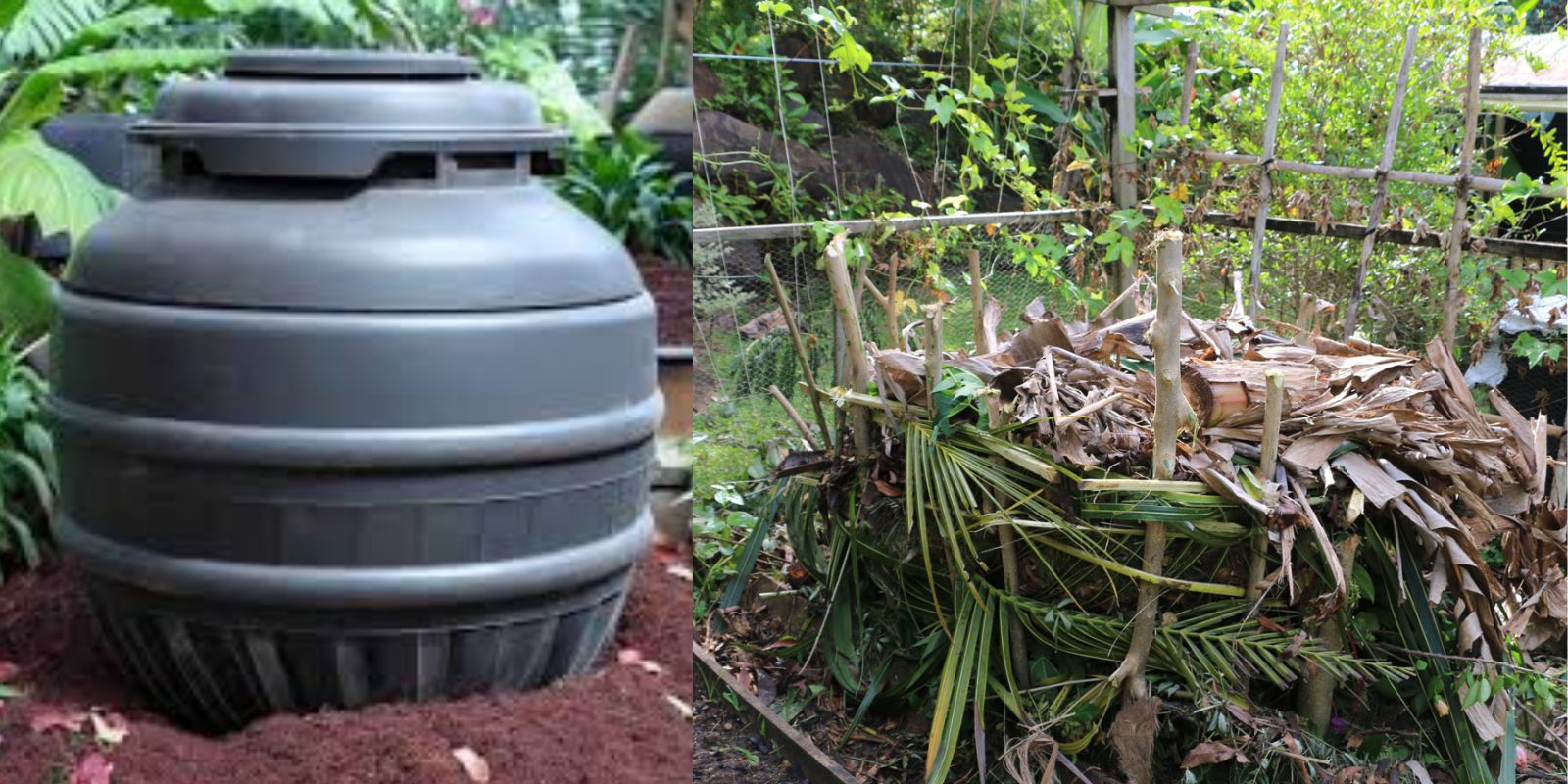Introduction
Gardening is an art and science that thrives on sustainability and innovation. Whether you’re an experienced gardener or a curious beginner, creating nutrient-rich compost and growing Moringa trees can elevate your gardening game to new heights. Composting reduces waste, enhances soil fertility, and is an eco-friendly solution to nourish plants. When paired with Moringa trees—dubbed the “tree of life” for their exceptional nutritional and medicinal benefits—you’ll have a self-sustaining gardening cycle that pays dividends for years. This article dives deep into building a DIY compost tumbler and growing Moringa trees for a thriving, sustainable garden.
Why Build a Compost Tumbler?
Composting is the cornerstone of organic gardening. Traditional compost piles can take months to decompose, require regular maintenance, and sometimes attract pests. A compost tumbler addresses these issues by:
- Speeding Up Decomposition: Regular tumbling ensures better aeration, helping microbes break down organic matter faster.
- Ease of Use: With a rotating design, mixing compost becomes effortless.
- Pest Control: A sealed tumbler keeps pests at bay while maintaining the right moisture and heat levels.
Materials Needed for a DIY Compost Tumbler
Before diving into the construction process, gather these materials:
- Plastic Barrel: Choose a durable, food-grade barrel of at least 30-50 gallons.
- Drill: For airflow holes and attaching components.
- Hinges and Latch: For creating an access door.
- Wood or Metal Frame: To secure and rotate the tumbler.
- Bolts and Screws: For assembling parts.
- Optional: Handles: To make tumbling more convenient.
Steps to Build Your DIY Compost Tumbler
- Prepare the Barrel
- Select a plastic barrel with a secure lid.
- Drill ½-inch holes evenly across the barrel’s surface to allow airflow, ensuring optimal decomposition.
- Create an Access Door
- Cut a square or rectangular section on the barrel’s side using a saw. This will be your access door for adding scraps and removing compost.
- Attach hinges to one side and a latch to the other to keep the door secure during rotation.
- Build the Frame
- Use sturdy wood or metal to construct a stand that elevates the barrel off the ground.
- Install a rotating mechanism, such as a steel rod through the barrel or bearings, for easy tumbling.
- Assemble and Secure
- Attach the barrel to the frame. Ensure it rotates smoothly but stays stable.
- Paint the barrel a dark color if it isn’t already to absorb heat and accelerate decomposition.
- Start Composting
- Add organic materials in layers: greens (vegetable scraps, fruit peels) and browns (dry leaves, cardboard).
- Maintain a balance of 2:1 browns to greens for effective composting.
- Tumble the barrel every few days to aerate the mix.
Growing Moringa Trees: The Perfect Companion
Moringa trees are fast-growing, drought-resistant, and packed with nutrients. Every part of this tree—leaves, seeds, pods, and bark—offers incredible health and ecological benefits. Compost from your DIY tumbler provides the perfect soil amendment to fuel their growth.
Steps to Grow Moringa Trees
- Choose the Right Location
- Moringa thrives in warm, sunny environments with well-draining soil. If you’re in a cooler climate, grow them in pots to move indoors during winter.
- Planting Moringa
- From Seeds: Soak seeds overnight, then plant them 1 inch deep in soil.
- From Cuttings: Take 1-2 foot long cuttings from a mature tree and plant them directly into moist soil.
- Water and Care
- Water regularly but avoid overwatering. Moringa is drought-tolerant once established.
- Apply mulch around the base to retain moisture and suppress weeds.
- Fertilize with Compost
- Use your homemade compost to enrich the soil. Apply a thin layer around the base every 4-6 weeks during the growing season.
- Pruning and Maintenance
- Regularly prune to encourage bushier growth and make harvesting leaves easier.
Benefits of Combining a Compost Tumbler and Moringa Trees
- Sustainability: Composting reduces kitchen waste while providing a steady supply of organic fertilizer.
- Nutrient Boost: Moringa trees thrive in compost-enriched soil, resulting in healthier and faster growth.
- Garden Ecosystem: The leaves of Moringa can be composted after harvest, completing a sustainable gardening loop.
Pro Tips for Success
- Maintain Compost Balance: Avoid adding too much wet material to prevent odor or soggy compost. Include dry materials like leaves or shredded paper.
- Regular Tumbling: Rotate the compost tumbler at least twice a week to aerate and prevent clumping.
- Pest Management: If pests are attracted to your compost, ensure food scraps are buried under a layer of browns.
- Plant Moringa Early: Plant seeds in spring or early summer to give them a full growing season.
Engage with Us!
Creating a DIY compost tumbler and growing Moringa trees is more than a gardening project; it’s a step toward sustainable living. Share your progress, photos, and tips in the comments below. Let’s grow greener together! 🌿
Viral Gardening Hashtags:
#DIYCompostTumbler #GrowMoringa #SustainableGardening #EcoFriendlyLiving #GardenHacks #MoringaMagic #GardeningTips #GoGreen

